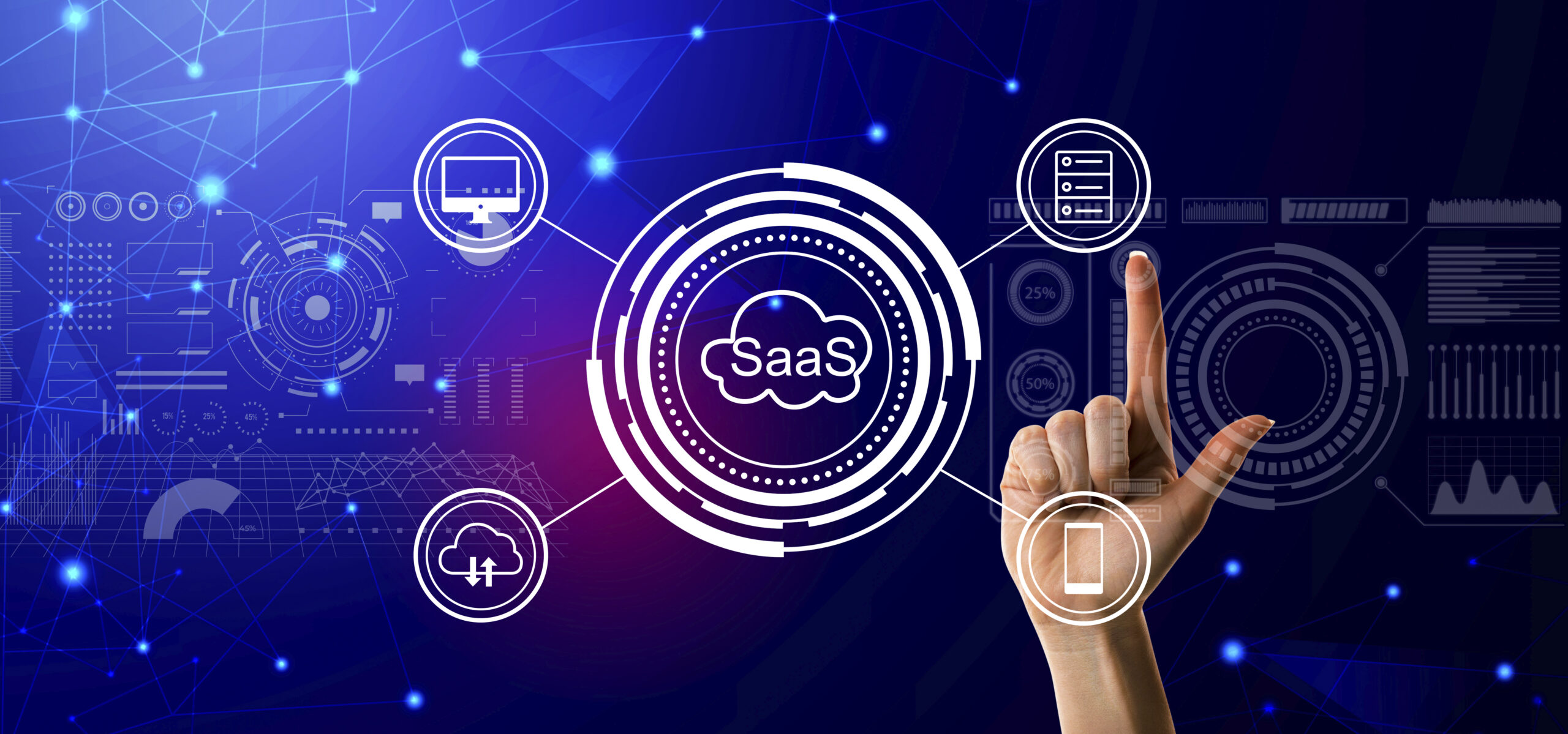Visitor control systems play a crucial role in maintaining security and ensuring efficient management of visitors in various establishments. Whether it’s a corporate office, government building, educational institution, or healthcare facility, implementing an effective visitor control system can greatly enhance the overall safety and productivity. In this article, we will explore the importance of visitor control systems, their key features, and the benefits they offer. So, let’s dive in!
Table of Contents
- Introduction: Importance of Visitor Control Systems
- Key Features of Visitor Control Systems
- Enhancing Security with Visitor Control Systems
- Streamlining Visitor Management Processes
- Benefits of Visitor Control Systems
- Choosing the Right Visitor Control System
- Integration with Access Control Systems
- Visitor Control System Best Practices
- Addressing Privacy Concerns
- 10.Future Trends in Visitor Control Systems
- 11.Conclusion
- 12.FAQs
1. Introduction: Importance of Visitor Control Systems
In today’s fast-paced world, ensuring the security of a premises is of utmost importance. A visitor control system provides an efficient way to monitor and manage the entry and exit of individuals in a controlled environment. By implementing such a system, organizations can maintain a secure and controlled atmosphere while also streamlining their visitor management processes.
2. Key Features of Visitor Control Systems
Modern visitor control systems come equipped with a range of features that facilitate effective visitor management. Some key features include:
- Visitor Registration: The system allows visitors to register their details, such as name, purpose of visit, and contact information, simplifying the check-in process.
- Identity Verification: Visitor control systems can verify the identity of individuals through various means, including ID scanning, biometric authentication, or photo capture.
- Badge and Pass Printing: The system can generate visitor badges or passes, containing essential details and access privileges, to be worn or carried by the visitors throughout their stay.
- Real-time Monitoring: With real-time monitoring capabilities, security personnel can track the movement of visitors within the premises and promptly respond to any suspicious activities.
3. Enhancing Security with Visitor Control Systems
Visitor control systems significantly contribute to enhancing security within a facility. By accurately identifying and tracking visitors, these systems minimize the risk of unauthorized access and potential security breaches. They allow organizations to:
- Prevent Unauthorized Entry: Visitor control systems restrict access to authorized individuals only, reducing the chances of unauthorized individuals gaining entry.
- Monitor Visitor Movement: The real-time monitoring feature enables security personnel to closely monitor visitor movement, ensuring that they follow designated paths and do not venture into restricted areas.
- Enhance Emergency Preparedness: In the event of an emergency, the system provides an accurate record of visitors present in the facility, aiding in evacuation procedures and accounting for all individuals.
4. Streamlining Visitor Management Processes
Efficient visitor management is essential for organizations of all types. A visitor control system streamlines various aspects of visitor management, such as:
- Faster Check-In Process: By automating the registration and check-in process, visitor control systems eliminate the need for manual paperwork, resulting in a faster and more efficient check-in experience.
- Digital Documentation: These systems maintain a digital record of visitor details, eliminating the need for physical logbooks and paperwork. This makes it easier to retrieve visitor information when required.
- Appointment Scheduling: Some visitor control systems offer appointment scheduling features, allowing organizations to manage visitor appointments and allocate time slots effectively.
5. Benefits of Visitor Control Systems
Implementing a visitor control system offers numerous benefits for organizations:
- Improved Security: By effectively managing visitor access, organizations can prevent security breaches and protect sensitive areas or information from unauthorized individuals.
- Enhanced Efficiency: Streamlining the visitor check-in process and automating documentation reduces waiting times, leading to improved efficiency and productivity.
- Better Visitor Experience: A well-designed visitor control system creates a positive first impression on visitors by providing a smooth and hassle-free entry experience.
- Visitor Tracking and Reporting: These systems generate comprehensive reports on visitor data, including entry and exit times, purpose of visit, and other relevant information. This data can be used for analysis, audit purposes, or future planning.
- Integration with Access Control Systems: Visitor control systems can be seamlessly integrated with access control systems, allowing synchronized management of visitors and regular employees or residents.
- Customization and Scalability: Organizations can customize the visitor control system to meet their specific requirements and scale it as their needs evolve over time.
6. Choosing the Right Visitor Control System
When selecting a visitor control system, organizations should consider the following factors:
- Security Features: Ensure that the system offers robust security features, such as identity verification, badge printing, and real-time monitoring.
- User-Friendliness: Look for a system that is easy to use for both visitors and staff, minimizing the learning curve and potential errors.
- Integration Capabilities: Determine if the system can integrate with existing access control or security systems for seamless operation.
- Scalability and Flexibility: Choose a system that can accommodate the organization’s current visitor volume and has the flexibility to adapt to future growth.
- Support and Maintenance: Consider the level of technical support and maintenance provided by the system’s vendor to ensure smooth operation and timely assistance.
7. Integration with Access Control Systems
Integrating a visitor control system with access control systems offers added benefits, such as:
- Centralized Management: With a unified system, organizations can manage both visitor access and employee access from a single platform, simplifying administrative tasks.
- Access Privileges: Integration allows organizations to define access privileges for visitors based on their purpose of visit, ensuring they can access only authorized areas.
- Efficient Monitoring: Combining visitor and employee data enables comprehensive monitoring of all individuals within the premises, enhancing security and situational awareness.
8. Visitor Control System Best Practices
To maximize the effectiveness of a visitor control system, consider the following best practices:
- Regular System Updates: Keep the system updated with the latest software versions and security patches to maintain optimal performance and protect against vulnerabilities.
- Staff Training: Provide proper training to staff members responsible for operating the visitor control system, ensuring they are familiar with its features and functionalities.
- Data Protection: Implement robust data protection measures to safeguard visitor information and comply with relevant data privacy regulations.
- Visitor Education: Educate visitors about the importance of following security protocols and procedures, such as presenting valid identification and adhering to visitor guidelines.
9. Addressing Privacy Concerns
While visitor control systems enhance security, organizations must address privacy concerns by:
- Transparency: Clearly communicate to visitors how their personal data will be collected, stored, and used within the visitor control system.
- Data Retention Policies: Establish data retention policies that outline how long visitor data will be stored and when it will be securely deleted.
- Consent and Opt-Out Options: Obtain visitor consent for data collection and provide options for opting out if they choose not to provide certain personal information.
- Anonymization and Encryption: Utilize anonymization techniques and encryption methods to protect visitor data and prevent unauthorized access.
10. Future Trends in Visitor Control Systems
As technology continues to advance, visitor control systems are expected to evolve in the following ways:
- Integration with Artificial Intelligence (AI): AI-powered systems can enhance security by analyzing visitor behavior patterns, detecting anomalies, and issuing alerts in real-time.
- Mobile Access and Digital Wallet Integration: Visitors may be able to use their mobile devices as digital passes, eliminating the need for physical badges and improving convenience.
- Contactless Technologies: With the rise of touchless solutions, visitor control systems may incorporate technologies like facial recognition, QR codes, or proximity sensors for seamless and hygienic access.
- Cloud-Based Solutions: Cloud-based visitor control systems offer scalability, flexibility, and easy access to data from anywhere, making them ideal for organizations with multiple locations.
- Enhanced Analytics and Reporting: Advanced analytics capabilities can provide deeper insights into visitor trends, allowing organizations to optimize resource allocation and improve overall visitor experience.
11. Conclusion
Implementing a robust visitor control system is crucial for organizations looking to enhance security, streamline visitor management, and create a positive experience for both visitors and staff. By integrating key features such as visitor registration, identity verification, real-time monitoring, and access control integration, organizations can effectively manage visitor access while ensuring the highest levels of security and efficiency.
FAQs (Frequently Asked Questions)
- What is a visitor control system? A visitor control system is a software solution that enables organizations to manage and track visitor access to their premises securely. It streamlines the visitor check-in process, enhances security, and provides valuable data for analysis.
- Why is visitor control important? Visitor control is essential for maintaining a secure environment, preventing unauthorized access, and ensuring the safety of individuals within a facility. It also improves efficiency by automating visitor management processes.
- Can visitor control systems be customized to specific requirements? Yes, visitor control systems can be customized to meet the specific needs of an organization. They can adapt to different visitor volumes, integrate with existing systems, and provide features tailored to unique requirements.
- Are visitor control systems compatible with access control systems? Yes, visitor control systems can be seamlessly integrated with access control systems. This integration allows organizations to manage visitor and employee access from a centralized platform, enhancing security and convenience.
- How do visitor control systems address privacy concerns? Visitor control systems address privacy concerns by implementing transparent data collection practices, establishing data retention policies, obtaining visitor consent, and utilizing encryption and anonymization techniques to protect visitor data.
In conclusion, implementing a visitor control system is a proactive step towards ensuring the security and efficiency of any organization. By leveraging the features and benefits of these systems, businesses can create a safer environment, streamline visitor management processes, and provide a positive experience for both visitors and staff. Stay ahead of the curve by adopting the latest trends and best practices in visitor control systems, and safeguard your premises with advanced security measures.













